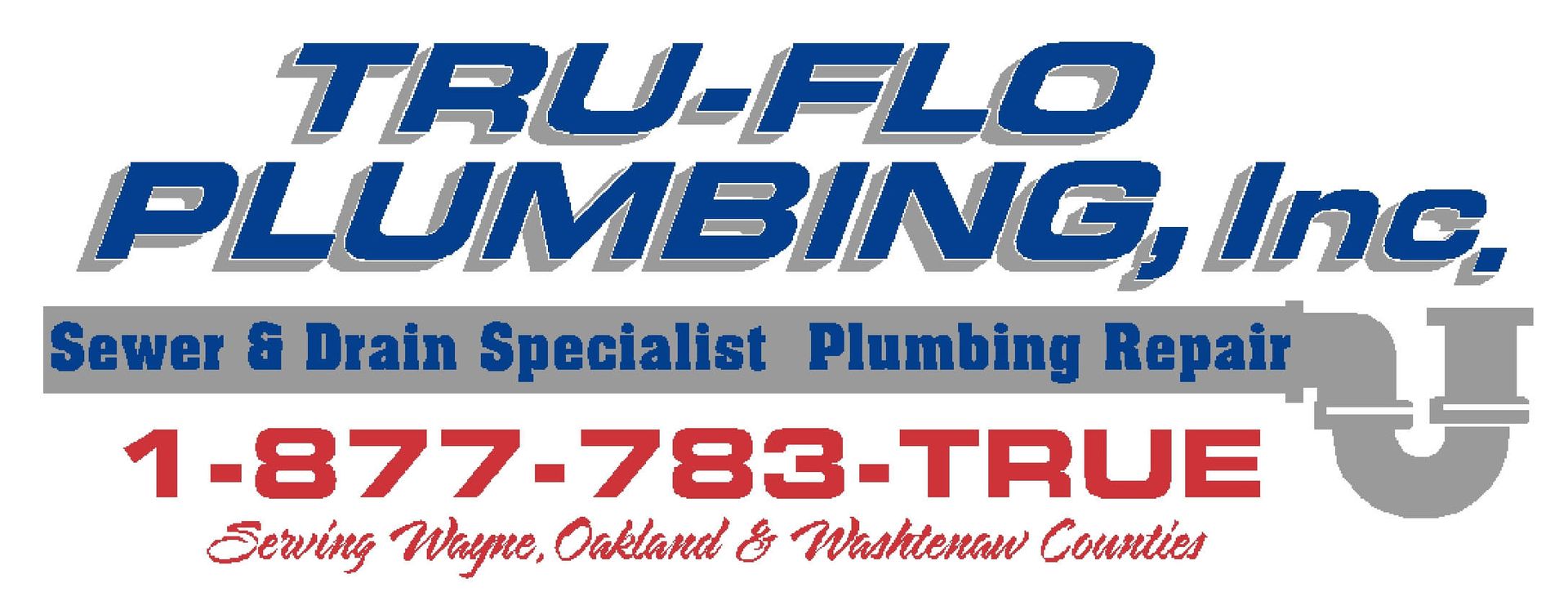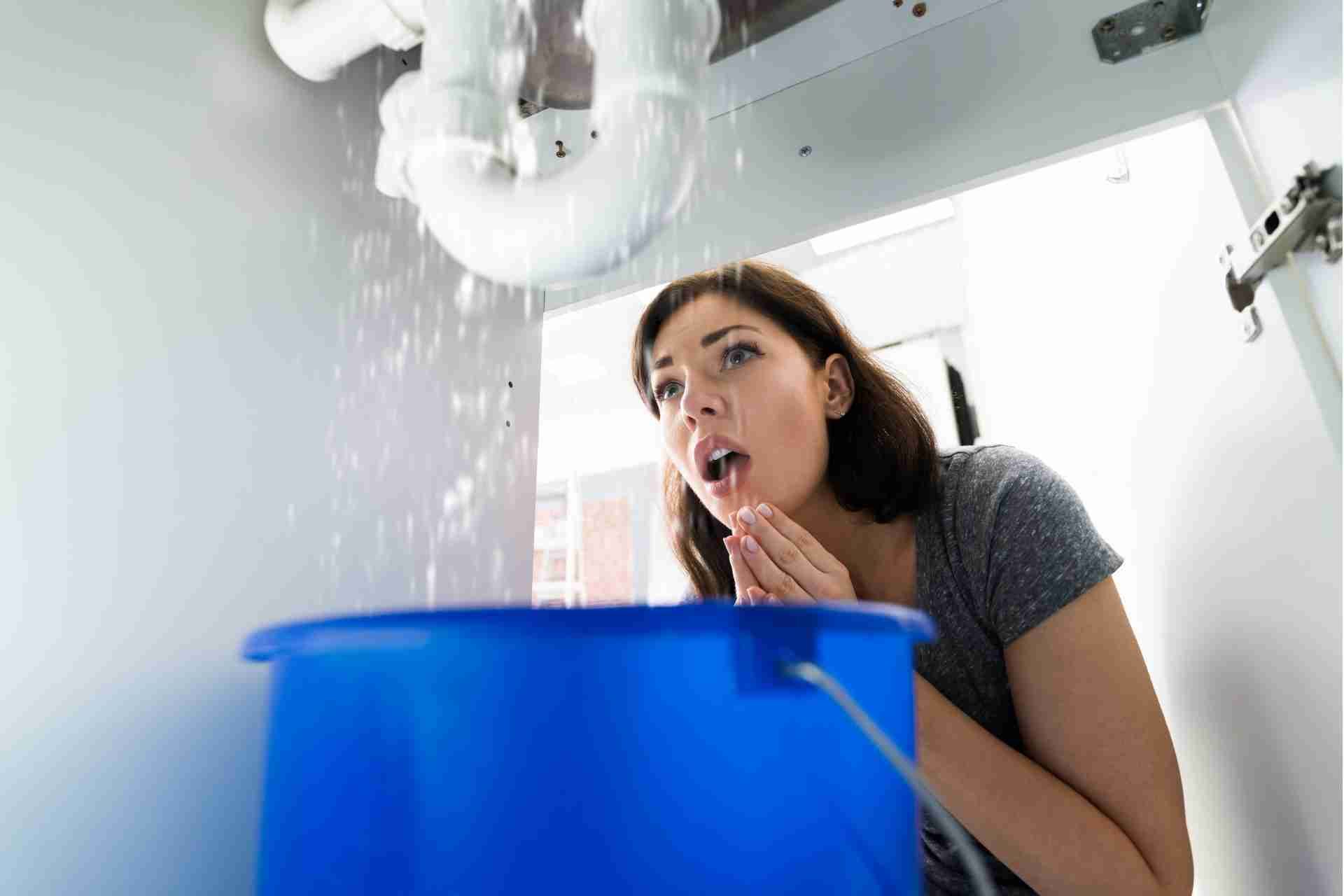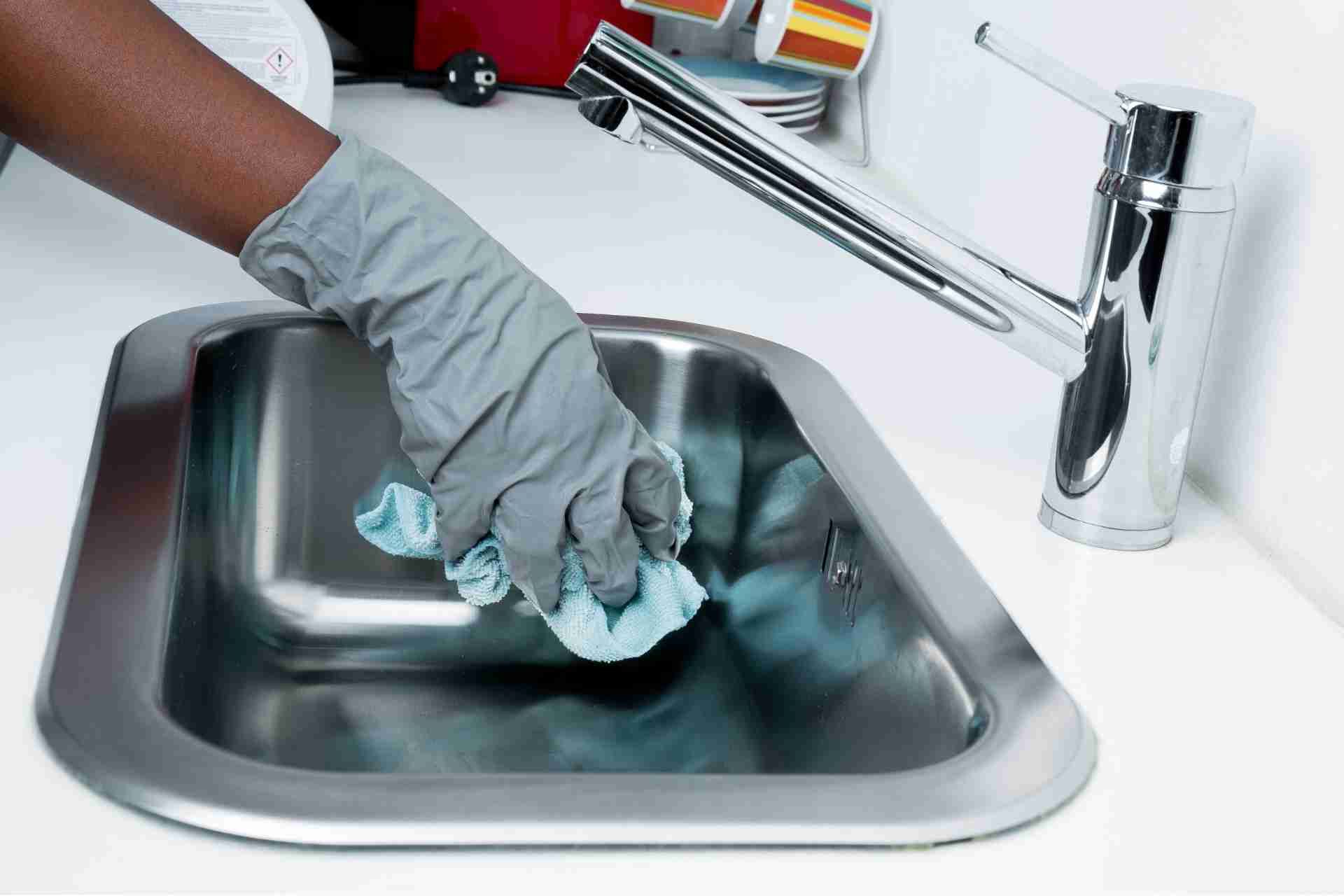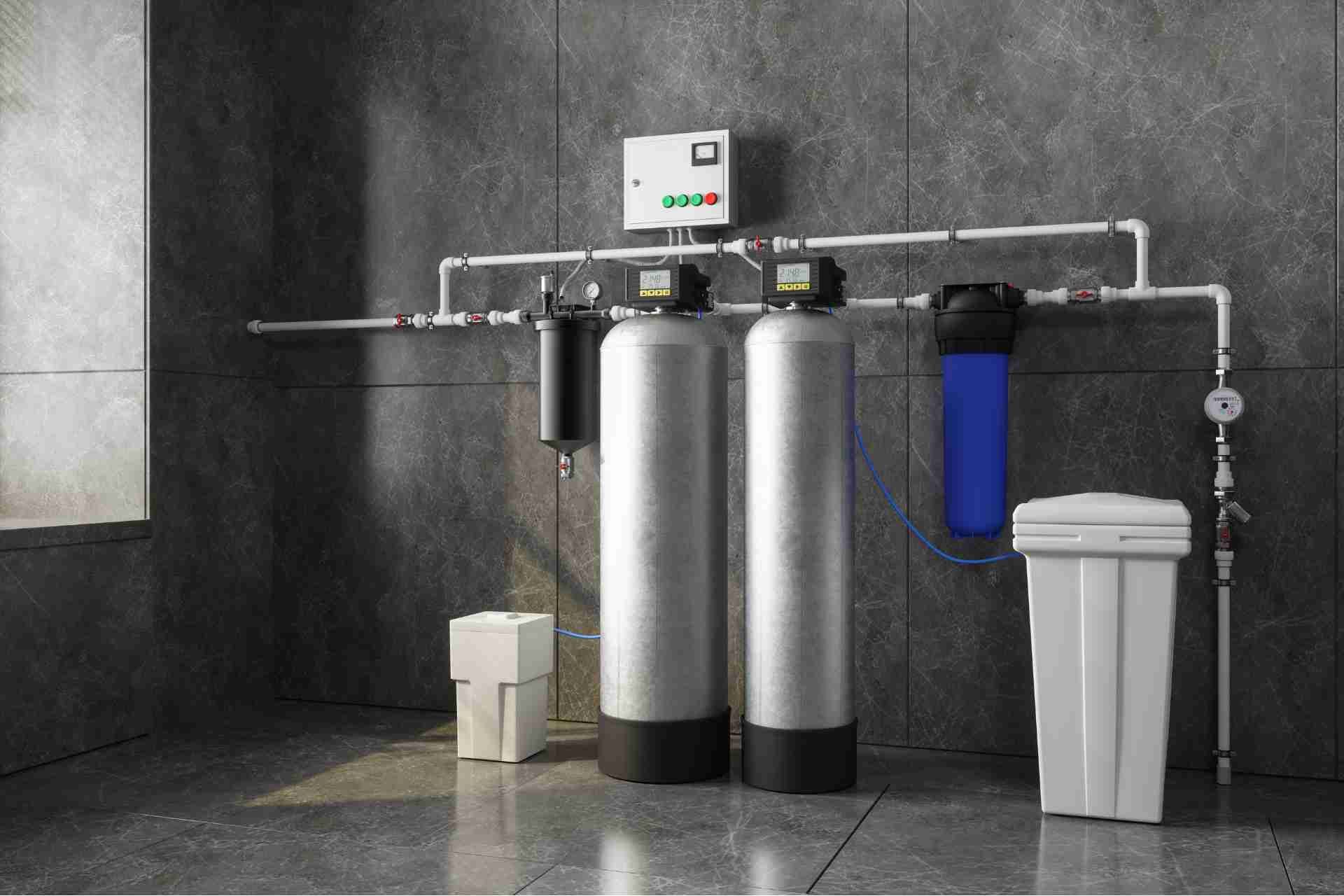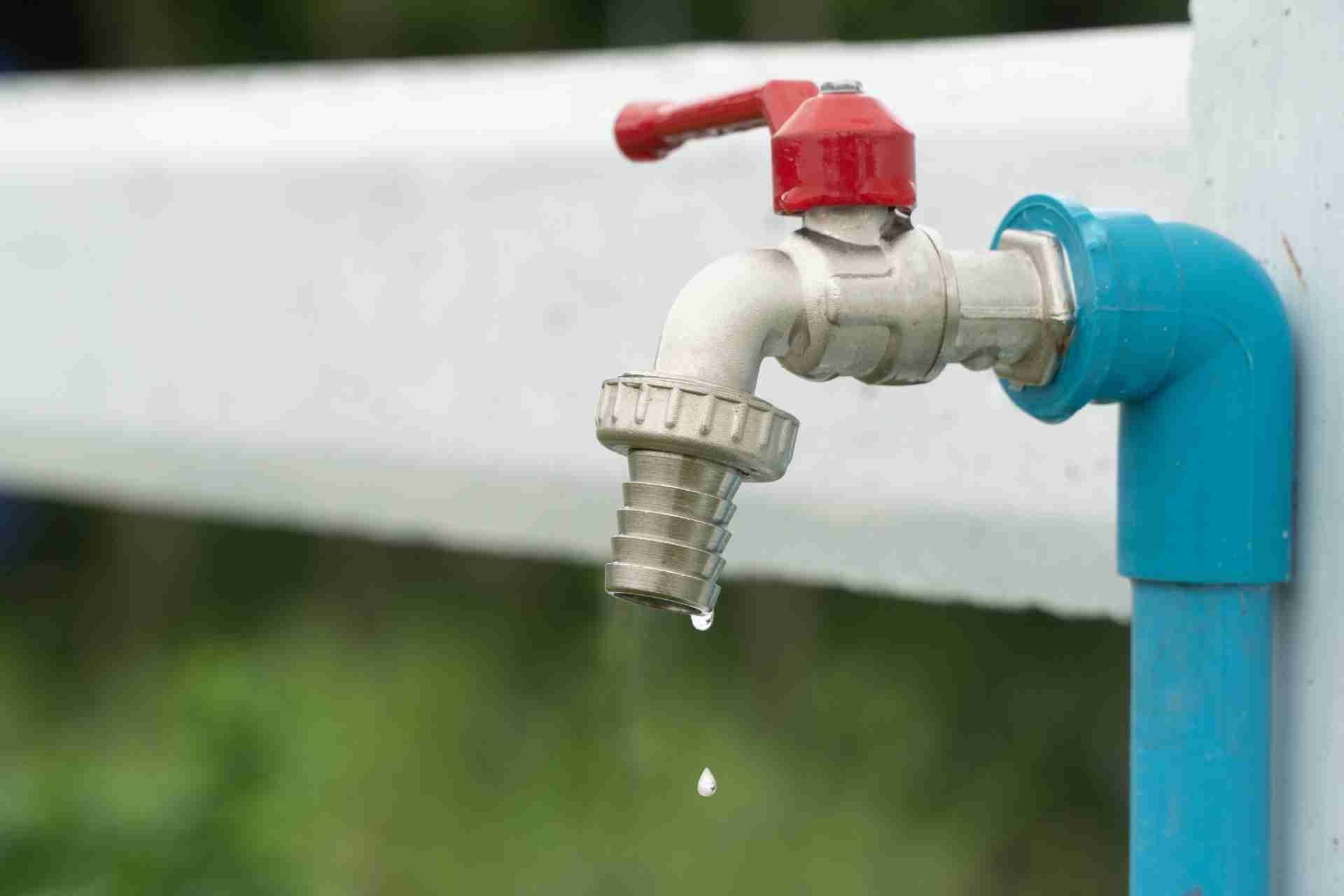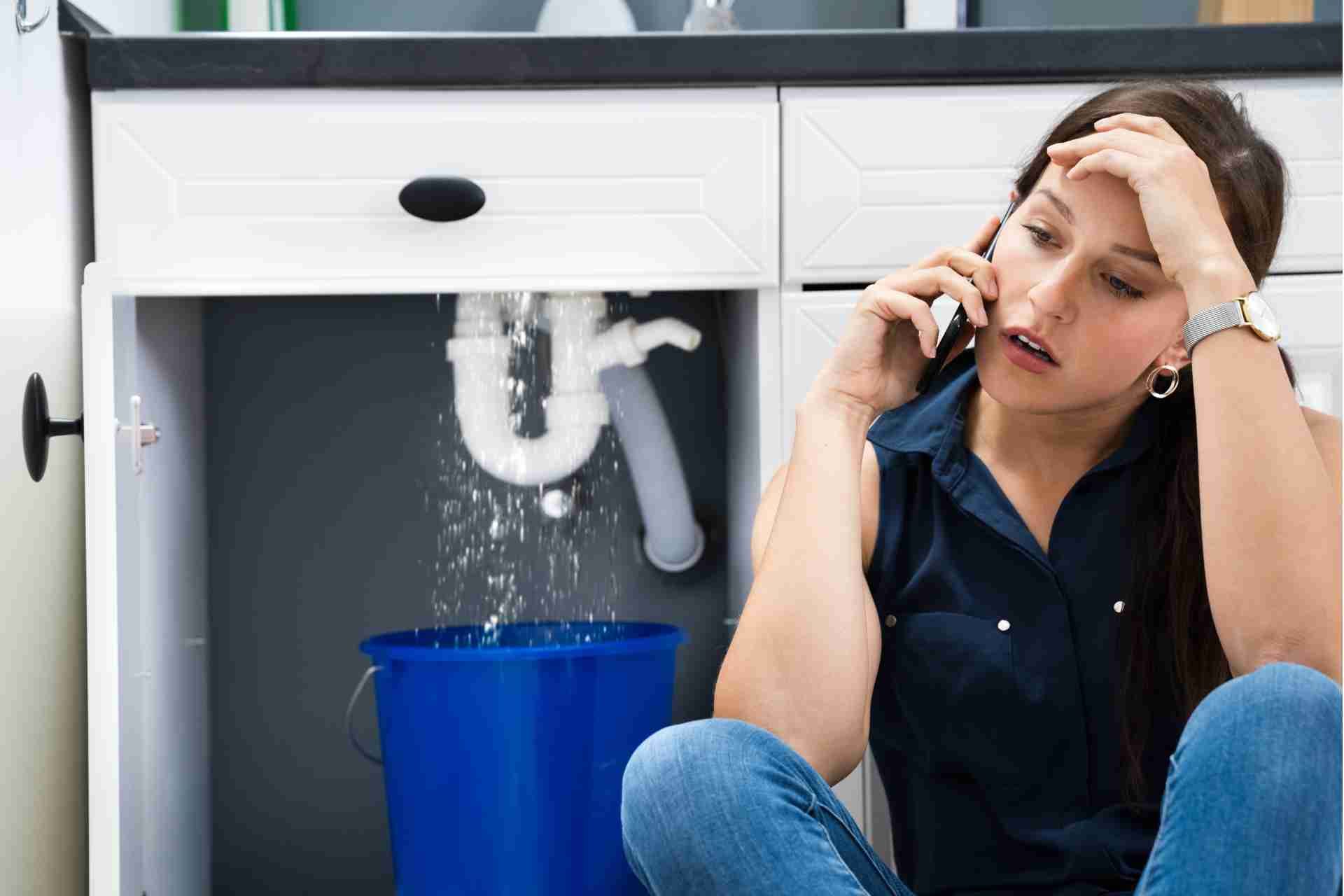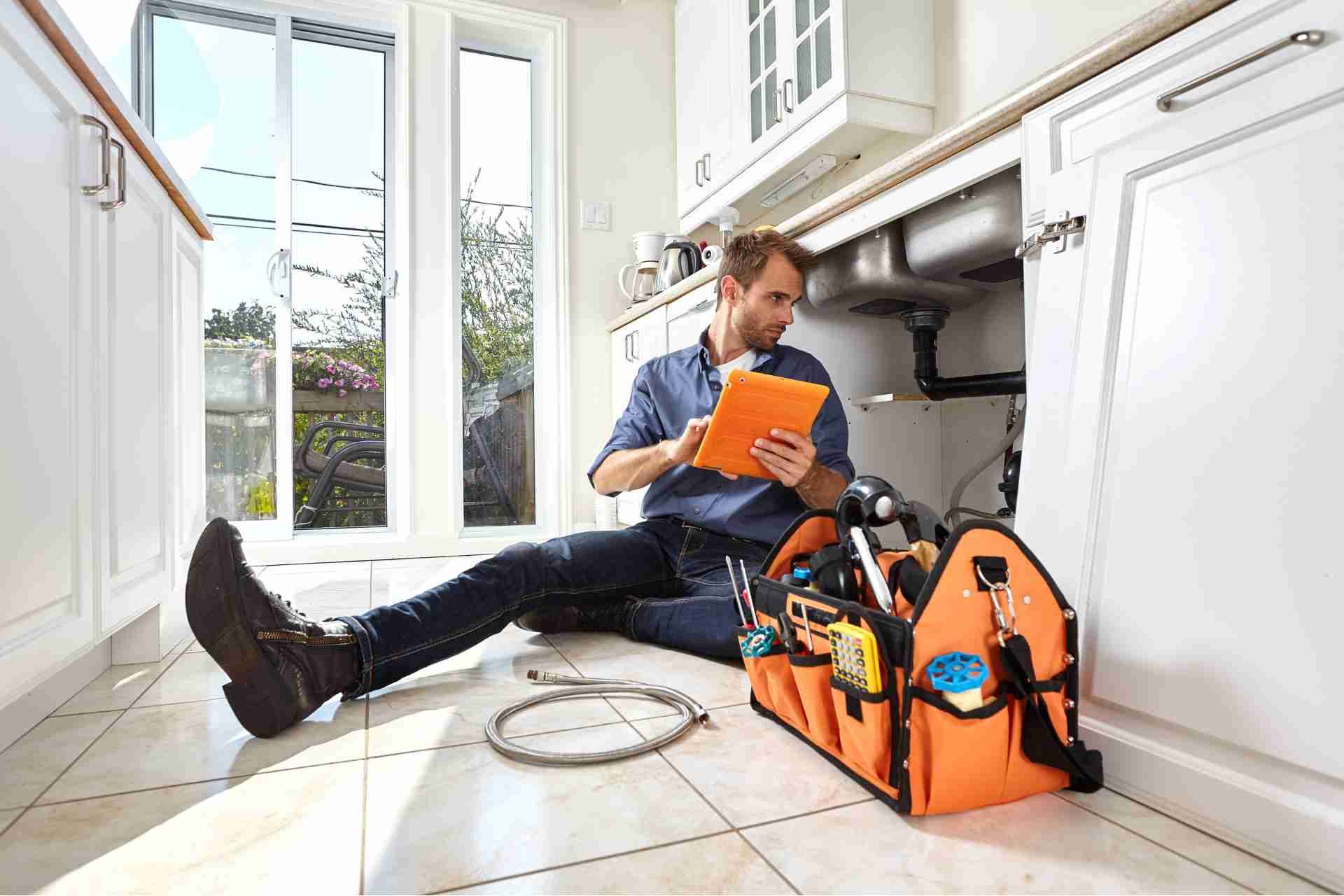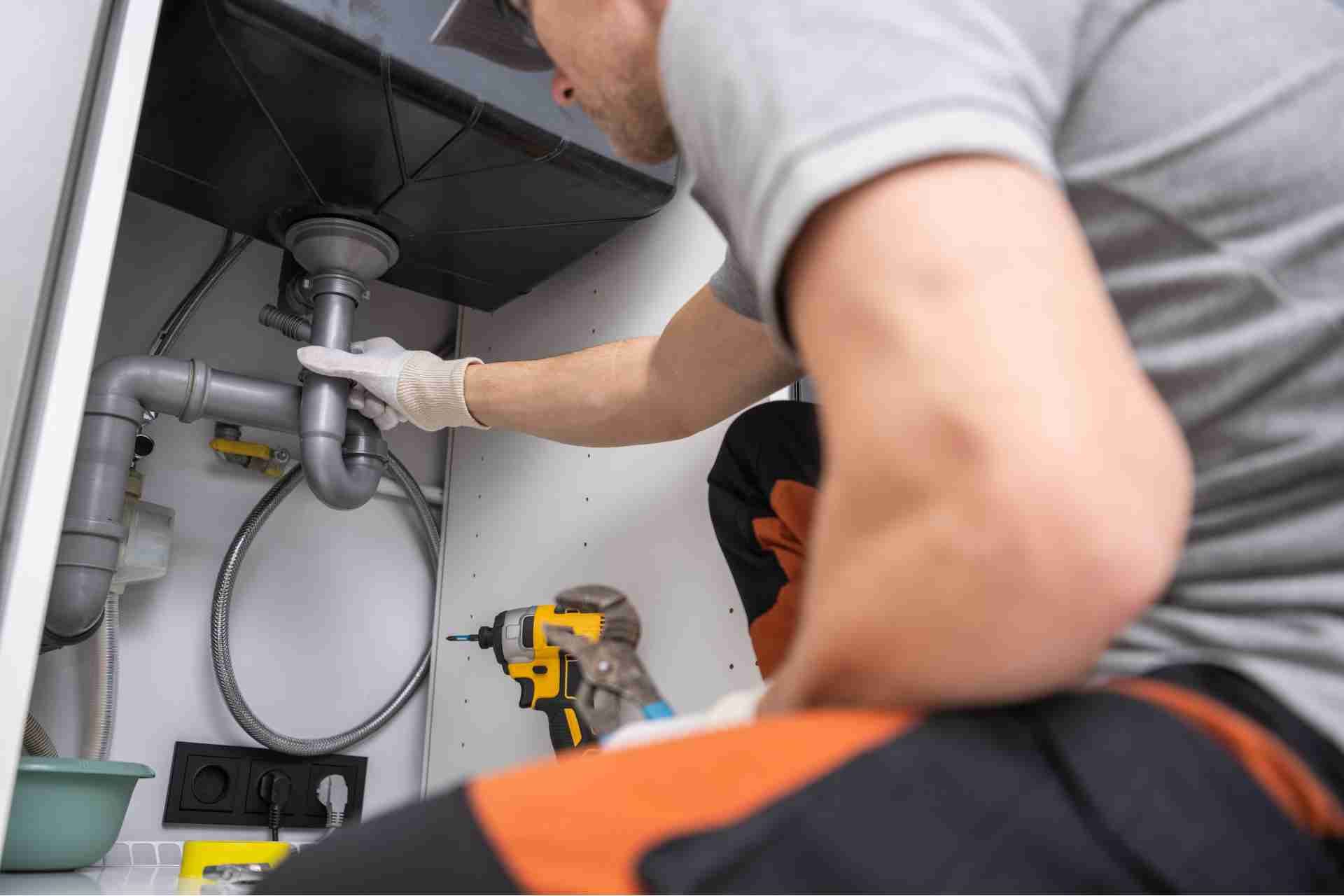What Causes Low Water Pressure in a Shower
Have you ever stepped into your shower, hoping for a rejuvenating cascade of water, only to be met with a disappointing trickle instead?
Low water pressure in a shower can be a frustrating and annoying issue that many people experience.
Various factors can contribute to low water pressure in your shower, leaving you frustrated and unsatisfied with your daily routine. From simple issues like mineral buildup to more complex plumbing system problems, understanding what causes low water pressure in a shower can help you address the issue effectively.
Know the practical solutions that can elevate your shower experience to new heights.
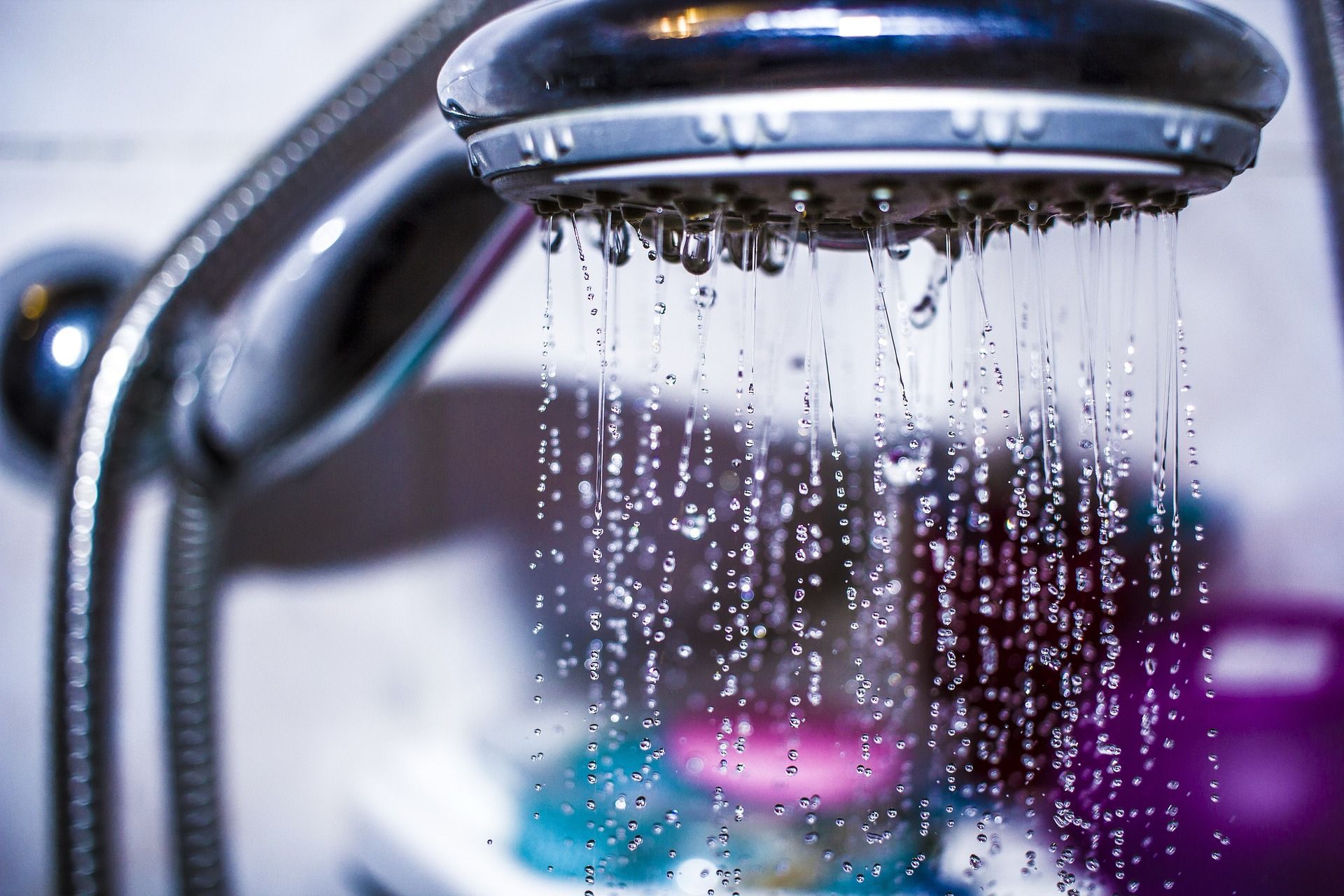
Common Causes of Low Water Pressure
Clogged Showerhead
One of the most common causes of low water pressure in the shower is a clogged showerhead. Over time, mineral deposits and other debris can build up in the showerhead, restricting the flow of water. To fix this issue, you can remove the showerhead and soak it in a mixture of vinegar and water to dissolve the buildup. Alternatively, you can replace the showerhead altogether.
Water Supply Issues
Low water pressure in the shower could also be caused by issues with the water supply. Check with your water utility company to see if there are any known issues in your area that could be affecting the water pressure. Additionally, if you have a well system, there could be a problem with the well pump or a leak in the pipes leading to the shower.
Faulty Pressure Regulator
A faulty pressure regulator can also cause low water pressure in the shower. The pressure regulator is responsible for controlling the flow of water into your home, and if it is not functioning properly, it can result in reduced water pressure. In this case, you may need to hire a plumber to repair or replace the pressure regulator.
Aging Pipes
Another common cause of low water pressure in the shower is aging pipes. Over time, pipes can deteriorate and become corroded, leading to blockages that restrict water flow. If you suspect that aging pipes are the cause of your low water pressure, you may need to have them replaced by a professional plumber.
Hot Water Heater Issues
If you notice low water pressure only when using hot water in the shower, the issue could be related to your hot water heater. Sediment buildup in the tank can restrict the flow of hot water, resulting in low water pressure. Flushing the hot water heater or having it serviced by a professional can help resolve this issue.
Impact of Plumbing System on Pressure
The pressure of water in a plumbing system is typically measured in pounds per square inch (psi). The pressure can vary depending on factors such as the location of the water source, the size and type of pipes used, and the elevation of the building. Too much pressure can put strain on pipes and fixtures, leading to leaks and other damage. On the other hand, insufficient pressure can result in slow water flow, weak water pressure, and difficulty in effectively using plumbing fixtures.
High pressure in a plumbing system can cause pipes to leak or burst, leading to water damage and costly repairs. It can also put excessive strain on fixtures such as faucets and toilets, causing them to wear out more quickly. Additionally, high pressure can result in water hammer, a loud banging noise caused by the sudden stoppage of water flow in a pipe.
Low pressure, on the other hand, can be equally problematic. It can make it difficult to properly rinse soap and shampoo while showering, and can prevent appliances such as washing machines and dishwashers from functioning effectively. Low pressure can also be a sign of a leak or blockage in the plumbing system, which can lead to more serious issues if left unaddressed.
To ensure optimal pressure in a plumbing system, it is important to properly maintain and care for the system. Regular inspections can help identify any leaks, blockages, or other issues that may be affecting pressure. Installing pressure-regulating valves can also help control water pressure and prevent damage to pipes and fixtures. Additionally, ensuring that pipes are appropriately sized for the water flow and that fixtures are in good working condition can help maintain consistent pressure throughout the system.
Solutions to Improve Shower Pressure
Check your shower head
One of the easiest and most common causes of low water pressure in the shower is a clogged or old shower head. Over time, mineral deposits can build up and block the flow of water. Try unscrewing your shower head and soaking it in a mixture of vinegar and water to remove any buildup. If that doesn't work, consider replacing your shower head with a newer, high-pressure model.
Clear your shower head
If cleaning your shower head doesn't help, try clearing any blockages in your pipes. Minerals and sediments can build up over time and restrict the flow of water. You can try using a pipe cleaning solution or hiring a professional to clear out your pipes and restore water flow.
Install a pressure-boosting pump
If your home has low water pressure throughout, not just in the shower, consider installing a pressure-boosting pump. These pumps can increase the water pressure in your home, providing a stronger flow in all your fixtures.
Check for leaks
Leaks in your plumbing could be the cause of low water pressure. Check for any visible leaks, and if you suspect a hidden leak, it's best to call a professional to locate and repair it.
Consider upgrading your water heater
If your water heater is old or undersized, it may not be able to provide enough hot water to maintain good pressure in the shower. Consider upgrading to a larger or more efficient water heater to improve your shower experience.
Types of Showers for Increasing Water Pressure
When it comes to increasing water pressure in your shower, there are several options available to choose from.
- Handheld Showerheads: Handheld showerheads are a versatile option for increasing water pressure in your shower. These showerheads typically have multiple spray settings, allowing you to customize the water flow to your preference. Additionally, handheld showerheads are convenient for rinsing off soap and shampoo, and can also be used for cleaning the shower itself.
- High-pressure Showerheads: High-pressure showerheads are specifically designed to increase water pressure in your shower. These showerheads typically have smaller nozzles that force the water out at a higher velocity, creating a more powerful stream of water. High-pressure showerheads are a great option for those looking to maximize their shower experience and get a spa-like feel at home.
- Rainfall Showerheads: Rainfall showerheads are a luxurious option for increasing water pressure in your shower. These showerheads are typically larger in size and have a wide spray pattern that mimics the feeling of standing in a gentle rain shower. Rainfall showerheads provide a soothing and relaxing shower experience, while still delivering ample water pressure to rinse off soap and shampoo.
- Multi-function Showerheads: Multi-function showerheads are a versatile option for increasing water pressure in your shower. These showerheads typically have multiple spray settings, including massage, pulsating, and misting options. Multi-function showerheads allow you to customize your shower experience, and can provide a more invigorating and refreshing shower experience.
Let Plumber Fix your Shower
At
Tru Flo Plumbing, we understand how important it is to have a fully functioning shower in your home. That's why we offer quick and reliable service to get your shower back up and running in no time. So don't let a leaky faucet, low water pressure, or clogged drain ruin your shower experience –
let Tru Flo Plumbing fix it for you!
